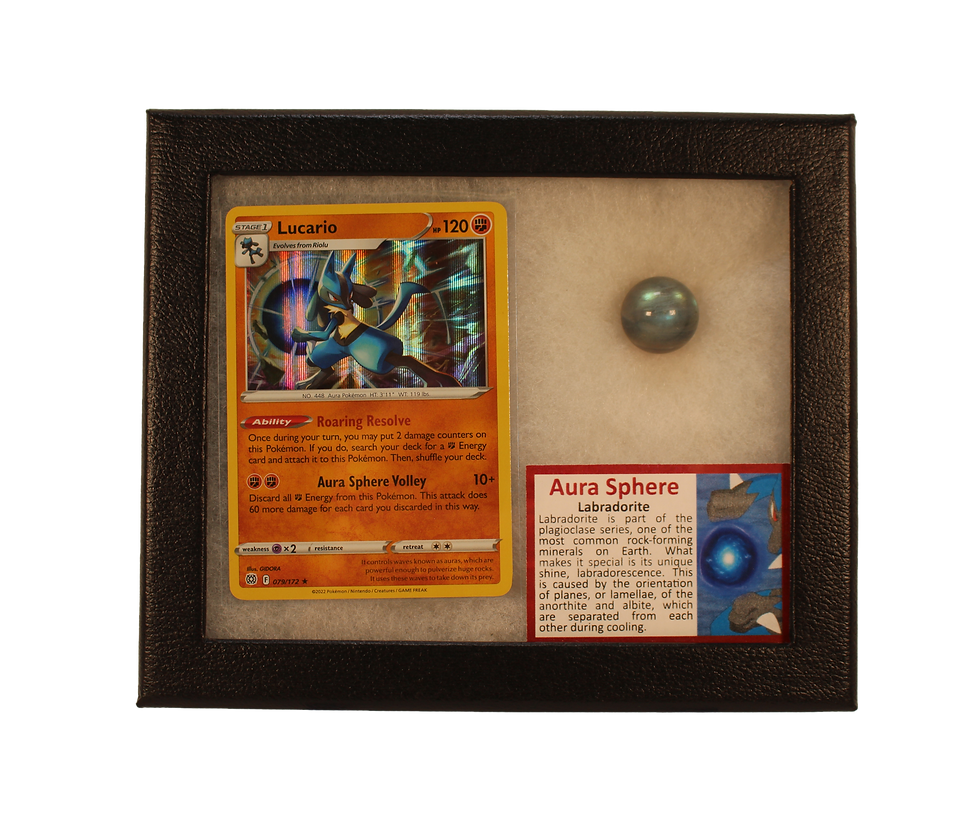STS-8, also known as Space Shuttle Challenger mission STS-8, was a significant flight in NASA's Space Shuttle program that took place from August 30 to September 5, 1983. This mission had several notable achievements and marked important milestones in the history of the Space Shuttle program and space exploration as a whole.
Historical Context:
Space Shuttle Program: By the early 1980s, NASA's Space Shuttle program was in full swing. The program aimed to create a reusable spacecraft capable of carrying astronauts and payloads into orbit and returning them safely to Earth. Challenger was one of the five operational orbiters in the Shuttle fleet.
Development of the Shuttle: The Space Shuttle Challenger had completed its maiden flight, STS-6, in April 1983. The early Shuttle missions focused on testing the vehicle's capabilities and conducting various experiments in space.
Diverse Payloads: Shuttle missions carried diverse payloads, including satellites, scientific instruments, and experiments. STS-8 was no exception, with its primary payload being the Indian National Satellite System (Insat-1B) and a range of scientific experiments.
Crew of STS-8:
Richard H. Truly (Commander): Richard Truly, a U.S. Navy Vice Admiral, served as the commander of STS-8. He was an experienced astronaut who had previously flown on Skylab and Space Shuttle missions.
Daniel C. Brandenstein (Pilot): Daniel Brandenstein, a U.S. Navy Captain, was the pilot of the mission. He later became a commander of several Shuttle missions.
Dale A. Gardner (Mission Specialist): Dale Gardner was a mission specialist who played a crucial role in the mission's success. He is best known for performing the first space salvage operation during STS-41-D, later in his career.
Guion S. Bluford Jr. (Mission Specialist): Guion Bluford was a mission specialist on STS-8. He made history as the first African American astronaut to travel to space. Bluford's presence on the mission was a significant milestone in the history of space exploration.
William E. Thornton (Mission Specialist): William Thornton, a physician, was another mission specialist. He conducted medical experiments during the mission. Thornton flew on two Space Shuttle missions in total.
Mission Objectives:
The primary objectives of STS-8 were as follows:
Insat-1B Deployment: The mission's main payload was the Indian National Satellite System (Insat-1B), which was deployed into geosynchronous orbit. This satellite was part of India's effort to establish a national communication system.
TDRS Testing: The Tracking and Data Relay Satellite System (TDRSS) was tested during STS-8. This system allowed continuous communication between spacecraft and ground stations, enhancing data transmission and tracking capabilities.
Scientific Experiments: The crew conducted various experiments in fields such as materials science, fluid dynamics, and life sciences. These experiments aimed to expand our understanding of how various phenomena behave in the microgravity environment of space.
STS-8 was notable for being the first night launch and night landing of the Space Shuttle program, adding a new dimension to the capabilities of the Shuttle. Guion Bluford's historic flight as the first African American astronaut to reach space was a significant moment in the history of diversity and inclusion in space exploration. The successful deployment of Insat-1B and the testing of the TDRSS system further demonstrated the versatility and importance of the Space Shuttle in advancing global communication and space technology.



















